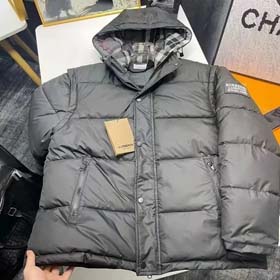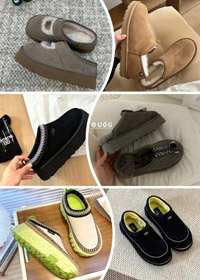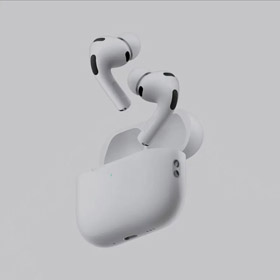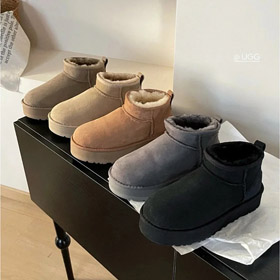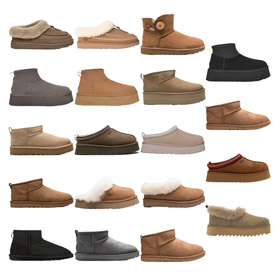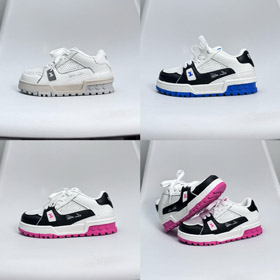The Story of Supreme: A Cultural Icon
Supreme is more than just a brand; it is a cultural phenomenon that has shaped the streetwear scene since its inception in 1994. Founded by James Jebbia in New York City, Supreme started as a small skate shop in downtown Manhattan. Over the years, it has grown into a global powerhouse, blending skate culture, art, and fashion into a unique identity that resonates with youth culture worldwide.
Origins and Evolution
When Supreme first opened its doors on Lafayette Street, it was a haven for skateboarders. Jebbia, who had previously worked in the fashion industry, wanted to create a space that felt authentic to the skateboarding community. The brand's early days were marked by a focus on durable, functional clothing designed to withstand the rigors of skateboarding. However, it wasn't long before Supreme's bold designs and countercultural ethos began to attract attention beyond the skate scene.
One of the key factors behind Supreme's rise was its limited-edition drops. By releasing small quantities of exclusive items, Jebbia created a sense of scarcity and urgency that drove demand. This strategy, combined with collaborations with artists, musicians, and other brands, helped Supreme cultivate a loyal following. Over time, the brand became synonymous with streetwear luxury, gaining recognition from celebrities and fashion enthusiasts alike.
Cultural Impact
Supreme's influence extends far beyond fashion. The brand has become a symbol of rebellion, self-expression, and authenticity. Its iconic box logo, inspired by artist Barbara Kruger, is instantly recognizable and has been reinterpreted in countless ways. Supreme's ability to tap into cultural moments—whether through collaborations with brands like Louis Vuitton or its politically charged graphics—has kept it relevant in an ever-changing industry.
Moreover, Supreme has played a pivotal role in bridging the gap between streetwear and high fashion. Its partnerships with luxury brands have blurred the lines between the two, paving the way for other streetwear labels to enter the high-fashion arena. Today, Supreme is not just a brand; it's a lifestyle that represents individuality and creativity.
Looking Ahead
In 2020, Supreme made headlines when it was acquired by VF Corporation, the parent company of brands like Vans and The North Face. While some fans expressed concerns about the brand losing its independent spirit, Jebbia assured that Supreme would retain its core values. Since then, the brand has continued to innovate, releasing new collections and collaborations that keep its audience engaged.
To explore Supreme's latest products and collaborations, check out this product spreadsheet, which offers an in-depth look at the brand's offerings.
Supreme's journey from a local skate shop to a global icon is a testament to its ability to adapt and evolve while staying true to its roots. Whether through its clothing, collaborations, or cultural impact, Supreme has cemented its place as a leader in streetwear and beyond.
```












